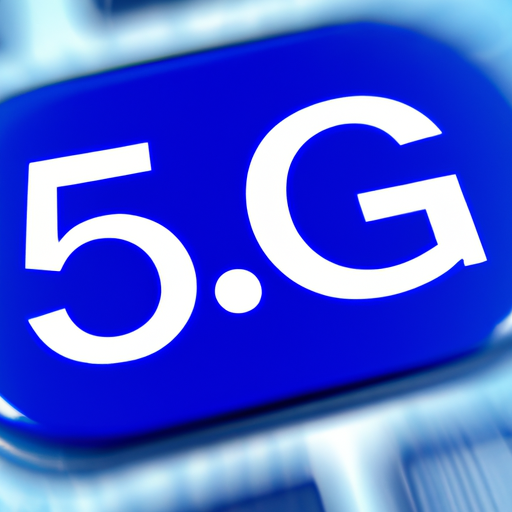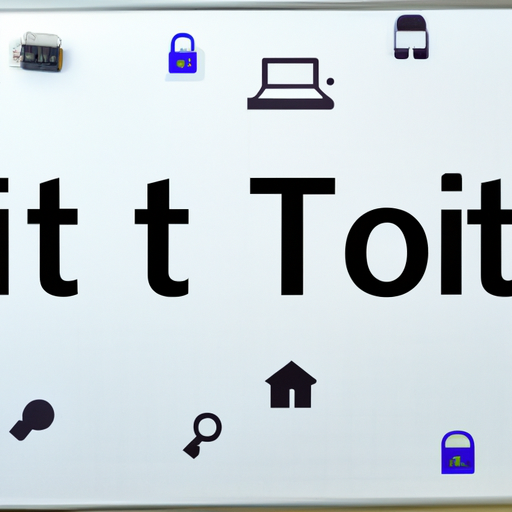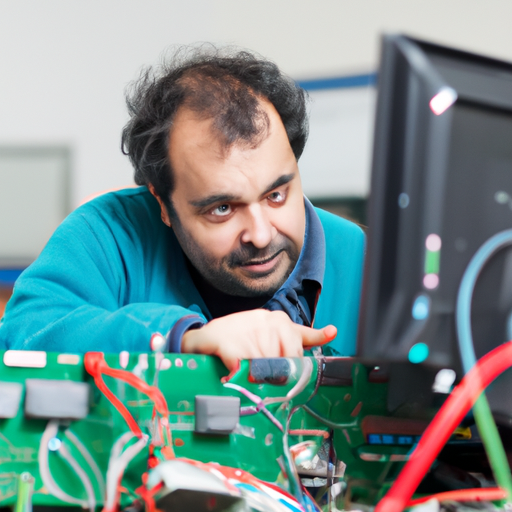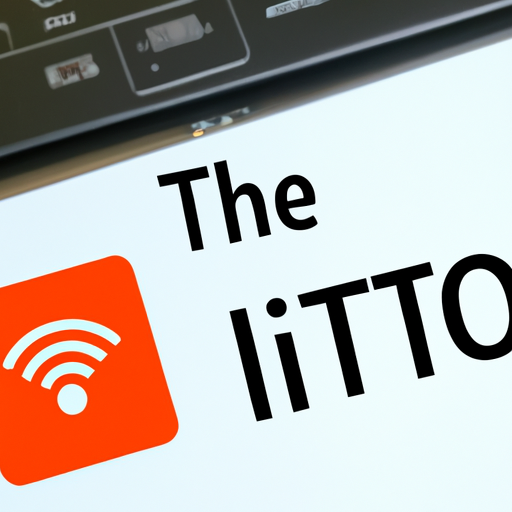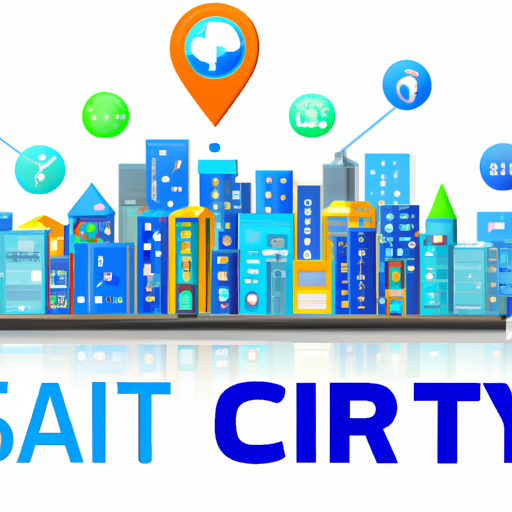5G connectivity is taking the world by storm, ushering in a new era of mobile telecommunications. This advanced technology promises lightning-fast internet speeds, reduced latency, and the ability to connect billions of devices seamlessly. As we delve into the profound effects of 5G networks, we discover how they are not just enhancing mobile experiences but also redefining industries.
What is 5G Connectivity?
5G, the fifth generation of mobile network technology, is designed to deliver faster data speeds, with download rates reaching up to 10 Gbps. This is significantly higher than 4G LTE, facilitating real-time communication and making it ideal for applications requiring instantaneous data transfer.
Enhanced Mobile Experience
The most apparent benefit of 5G technology is the enhanced mobile experience it offers. Users can expect smoother streaming, quicker downloads, and a more responsive online experience. Video calls will be clearer, online gaming will be more immersive, and overall satisfaction with mobile services should see marked improvement.
Impact on the Internet of Things (IoT)
5G is crucial for the expansion of the Internet of Things (IoT). This technology allows for more devices to be connected simultaneously without compromising speed or performance. Imagine smart homes where devices communicate in real-time, enabling automated systems for security, energy management, and appliance control.
Transforming Industries
Beyond personal use, 5G connectivity is set to transform various industries:
- Healthcare: Telemedicine and remote surgeries can become safer and more efficient with real-time data sharing.
- Transport: Smart cars and automated traffic systems can enhance road safety and efficiency.
- Manufacturing: IoT in factories can streamline operations, increase productivity, and cut costs.
Conclusion
As the rollout of 5G networks continues across the globe, its potential is just beginning to be realized. With faster speeds, improved connectivity, and the ability to integrate with IoT devices, 5G is set to revolutionize communication and shape our future. Stay tuned for continual updates as this exciting technology evolves.
For more news and updates on 5G connectivity, continue visiting our site!

